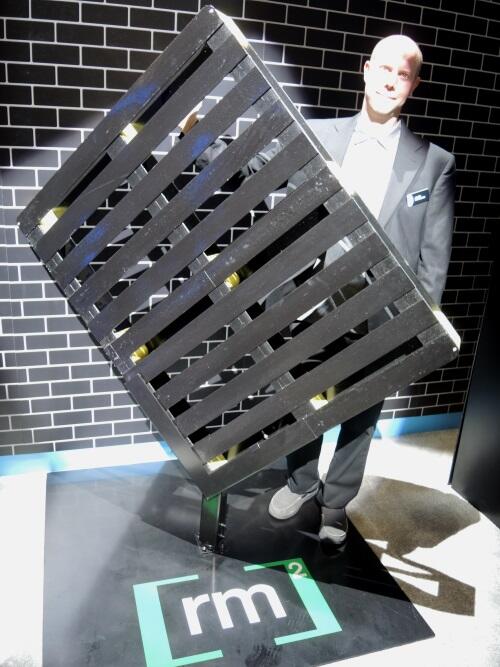17 Views of Mobile World Congress
Article By : Rick Merritt

Carriers and their suppliers showed efforts in Gbit 5G and Kbit IoT networks and the handsets, smartwatches and nodes that ride them at Mobile World Congress Americas.
SAN FRANCISCO — The view from Mobile World Congress Americas here was of two parallel races among carriers — to Gbit+ LTE and 5G services at one end and Kbit cellular IoT services at the other. The event was a sampler of OEM systems to power and devices to run on those emerging networks.
T-Mobile said it will use the new 600 MHz spectrum it bought for a whopping $8 billion to deliver this year Gbit/second LTE on LG and Samsung handsets and even faster 5G services in 2019. At the other end of the spectrum, AT&T said it is now running a nationwide LTE-M service for IoT in the U.S. that will expand to Mexico by June.
Rounding out the 5G picture, AT&T and Verizon talked about using 28 and 39 GHz bands to deliver wireless Internet access to homes before the end of 2018 while Sprint is expected to focus on mobile broadband at 2.5 GHz. In cellular IoT, T-Mobile is gearing up a Narrowband IoT service while Verizon is in trials with both it and LTE-M and Sprint has yet to declare its plans.
The event fell under something of a shadow as the media spotlight focused on Apple’s latest iPhone announcement at its new Cupertino headquarters less than 50 miles south. Nevertheless, MWC showed interesting generally stepwise innovations in handsets, smartwatches and tags for IoT end nodes.
The efforts come at a time when carriers are under pressure to find growth and reduce costs. Besides reaching out to businesses to find new ways to use cellular IoT, carriers are streamlining their networks, moving more and more tasks to racks of x86 servers.
A couple of Nokia’s biggest customers will finish plans this year to start building what it calls edge clouds, medium-sized data centers to run increasing portions of its network, said Michael Murphy, chief technology officer of the company’s North America division.
“Carriers want to simplify network management, so they are looking at software-defined networks and other tools…one customer says it requires ‘zero touch,’ so you can deploy a new base station literally plug-and-play with low skilled labor — we are far from that today,” Murphy said.
Amid the shifts, Nokia and rival Ericsson will design more custom silicon than ever to drive the beam-forming antenna arrays 5G will need. For network functions that don’t need to be run at the antenna in the field, they are driving more of their work to software on x86 servers, including efforts to apply machine learning to telecom.
While they evaluate ARM processors, GPUs and various kinds of accelerators, “initially its really all x86,” said Erik Ekkuden, chief technology officer of Ericsson, in an interview on the show floor.
Subscribe to Newsletter
Test Qr code text s ss


